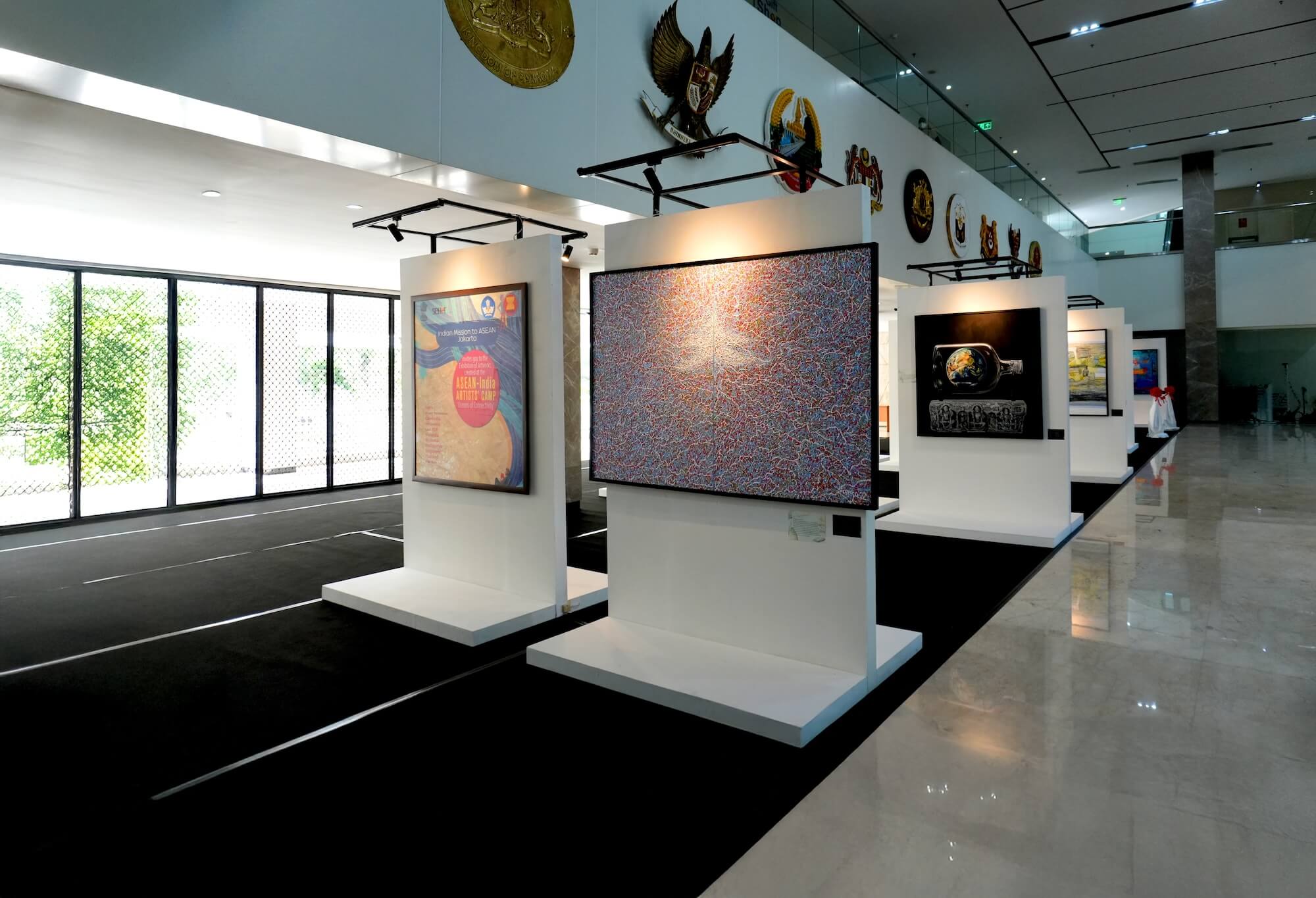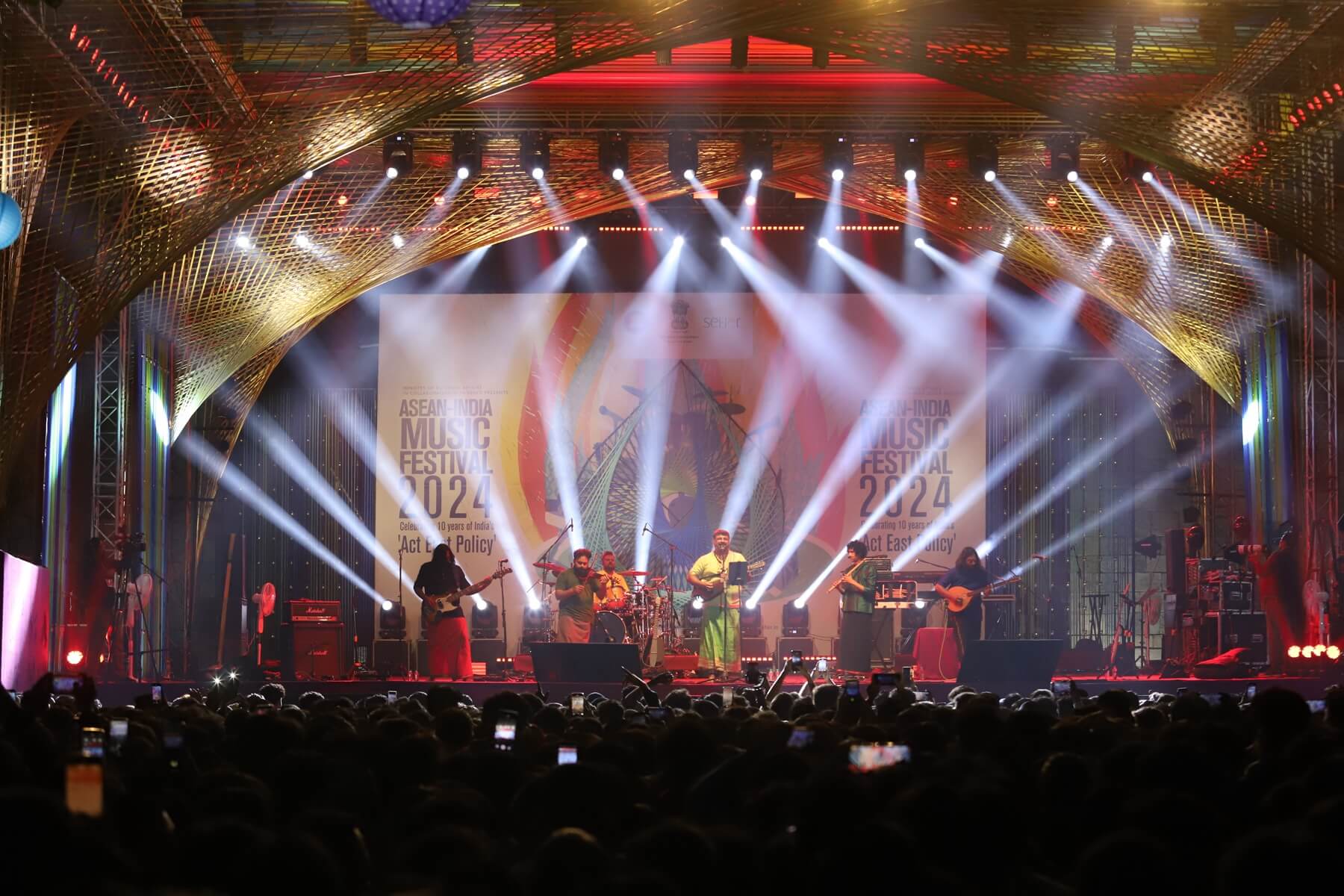



Creativity is part of Singapore’s DNA and has always been intertwined with our national development. In a 2018 speech, our Prime Minister, Mr. Lee Hsien Loong, noted: “Singapore is a nation by design. Nothing we have today is natural or happened by itself.”
In a speech to university students, he called for a collective effort at reimagining and rebuilding to take the country from SG50 (50 years of independence) to SG100 (Seow, 2021).
Given the far-reaching economic and social disruptions caused by the pandemic, as well as the pre-pandemic changes and challenges it accelerated in the past year, the drive to reimagine and rebuild is even more timely. So we have to ask ourselves: What is Singapore’s differentiating factor? How do we move from value-adding to value creation? What role will we play, and what relevance will our small nation-state have in the post-pandemic world?
We believe these answers could be found by harnessing the human imagination and unlocking our creative potential towards developing innovative solutions for a vibrant, inclusive and thriving economy and society. In other words, we believe in the creative economy as the key to our future. Our creative industries will be the driver for generating sustainable economic wealth and social capital.
(Re)Shaping and (Re)defining Singapore’s Creative Economy
In Singapore’s goal to be a global-Asia node for innovation, technology, and enterprise, the creative industries play the role of being an innovation driver. They enable a vibrant cultural economy, and are an increasingly significant economic contributor for Singapore.
The growth of global creative industries has amplified this, especially given our location in the Asia-Pacific region. According to UNCTAD (2018), Singapore is amongst the world’s ten largest exporters of creative goods. The Asia-Pacific region, meantime, is the world’s biggest Creative and Cultural Industries (CCI) market, generating 743 billion US dollars in revenues (33 per cent of global CCI sales) and 12.7 million jobs (43 per cent of CCI jobs worldwide), according to UNESCO, CISAC and EY (2015).
In recent years, the Singapore government has taken more steps to grow our creative economy, in recognition that this unique interface between creativity, culture, economics and technology has the potential to generate income and jobs while at the same time promoting social inclusion diversity and human development. Much of Singapore’s efforts in cultivating the right environment for the creative industries lie in nurturing the following key ingredients: a cohesive and welcoming multi-cultural society; strong intellectual property laws to protect ideas; and a robust climate for creative businesses and entrepreneurship.
Different public agencies collectively drive these efforts. The National Arts Council champions our performing, visual and literary arts. Our national museums, heritage institutions, sites and monuments come under the custodianship of the National Heritage Board. These agencies work closely with the Ministry of Culture, Community and Youth that funds major cultural institutions like the Esplanade for performing arts and the National Gallery for visual arts. Our digital, media, and film industries are developed by the Infocomm Media Development Authority under the Ministry of Communications and Information. The design sector is promoted and developed by the DesignSingapore Council, which sits under the Ministry of Trade and Industry, and drives Singapore’s vision to be an innovation-driven economy and lovable city by design.
Singapore to become the Asia HQ of choice through concerted efforts aimed at making the country a sweet spot for creative canvases. We have become home to regional headquarters or launchpads for global brands and players in the creative industry, and multinational corporations like LVMH group, Lucasfilm, and Ubisoft have made Singapore home.
Hand-in-hand with our economic approach, we also recognise the importance of the cultural sector in contributing to the resilience and lovability of Singapore, building social capital for the country, and strengthening ties among fellow citizens.
In culture and place-making, we have developed keystone arts and heritage plans such as our first ever heritage masterplan which was co-created with the community to infuse heritage into our everyday spaces, and support more ground-up initiatives. Our Singapore Arts Plan, a five-year blue-print (2018 to 2022), takes a whole ecosystem approach to boosting the arts sectors and investing in public cultural institutions alongside commercial arts spaces.
The creative agencies also work closely with each other and the Singapore Tourism Board to build a vibrant creative calendar throughout the year: Singapore Art Week, Singapore Design Week, Singapore Writers’ Festival, Singapore International Festival of Arts, performing arts festivals by Esplanade and the Night Fest, to name a few. These events are aimed at ensuring everyone experiences the arts in a positive way and to bring together a diverse and multidisciplinary line-up of local and international programmes. They have been very well-received: the annual Night Fest, for example, drew up to half a million visitors (pre-pandemic), many of which were returning audience (Jenie, 2017).
Building our talent pipeline to support the future development of our creative industries is crucial, and our creative agencies work closely with the Ministry of Education (MOE) to do that. One landmark milestone was recently reached: MOE announced Singapore’s first university of the arts, recognising that our two arts colleges, Nanyang Academy of Fine Arts and LASALLE College of the Arts, have grown in admissions, quality of programmes, and academic standards, and can “contribute more to cultural life in Singapore and the region,” as noted by the Education Minister (Ng, 2021). Mid-career reskilling and developmental opportunities are also being built for creatives and those looking to switch to a creative career. For example, Dsg launched the Skills Framework for Design for both designers and professionals from other sectors to support the creation of a design-empowered workforce (DesignSingapore Council, 2019).
The Way Forward
But we are aware that the world has changed, and a new post-pandemic landscape lies before us. So what lies ahead for the future of Singapore’s creative economy? The answer will be built upon overcoming our current challenges and identifying and capitalising on new opportunities. Even before the COVID-19 pandemic, global developments like geopolitical tensions and digitalisation have started to present new challenges to our creative sector, which tends to be comprised of small independent players. In the design sector, for example, more than 90 per cent of our design firms are SMEs with less than 1million US dollars in yearly revenue.
In a poll on the impact of COVID-19, conducted by Dsg in June 2020, designers told us that besides cancelled or stalled contracts, reduced market demand, and challenges in business development, the next biggest impact was accelerated innovation. Design firms shared with us that the pandemic has prompted new ways of engaging clients, new business models, new organisational structures, and new value offerings. Of course, one of the most significant areas of this innovation lies in accelerated digitalisation, which the creative sectors have a big role to play in shaping.
The CCI are a significant driver for the digital economy, with digital cultural goods being the biggest revenue source for the digital economy (Aziz, 2020). Despite the profound impact of the COVID-19 pandemic on the creative industries, we anticipate that the sector will rebound with Singapore’s economic recovery, and form a key supporting factor to the growth of Singapore’s digital economy. The pandemic has accelerated deep shifts in consumer behaviour, from the rise of digital consumption to the impact of remote work and virtual communication. These changes reveal areas of opportunity for the creative sectors to complement other high growth sectors. For example, online learning platforms can benefit from digital tools that build on gaming technologies and new forms of cultural content. Digital health platforms can benefit from human-centred design and User Experience Design concepts.
Uncovering the upside in the intersection of the creative sector and technology has to be done in two key ways: building a strong talent pipeline in new skills, especially leveraging technology; and creating platforms for rapid prototyping and experimentation amongst creatives, technologists and business.
Agencies like the National Arts Council have already started by setting up experimental opportunities through platforms like the Arts x Tech Lab, which will allow arts practitioners to work closely with technologists on new projects and programmes that reimagines the intersection of art and technology. Similarly, our council runs the Good Design Research programme, which empowers designers to investigate new product and service innovations through design research for sustainability and impact, developing new knowledge along the 3 pillars of culture and identity, processes and systems, and new technology adoption.
Going forward, it will also be crucial to push for deeper collaborations across disciplines as well as with the sectors outside the creative industries—for example, the visual arts with new technologies, design and the food sector, or new media with the performing arts; for more interdisciplinary partnership-oriented models, and borderless thinking.
Conclusion: Our Future is Together
The success of our ASEAN ecosystem is critical to all our individual successes. We need to enable greater collaboration opportunities for our creatives to work across cities, with one another, or even with wider industry partners, to nurture the creative leaders of the future, and develop creators who can work seamlessly across the diversity of South East Asia.
It is our desire to collaborate with the region on the creation of new creative products, services, or experiences, whilst leverage on our connectivity to the rest of the world.
Over the next years, we hope to optimise our strengths and build upon our close relationships through our ASEAN and UNESCO networks, as well as welcome new opportunities and partnerships. We look forward to working together on developing the region’s creative economy, and are excited about exploring how we can collectively unlock virtually limitless possibilities with our fellow ASEAN and UNESCO counterparts.
Note:
DesignSingapore Council’s (Dsg) vision is for Singapore to be an innovation-driven economy and a loveable city through design by 2025. As the national agency that promotes design, our mission is to develop the design sector, help Singapore use design for innovation and growth, and make life better in this UNESCO Creative City of Design. The Dsg is a subsidiary of the Singapore Economic Development Board. Please visit www.designsingapore.org.








